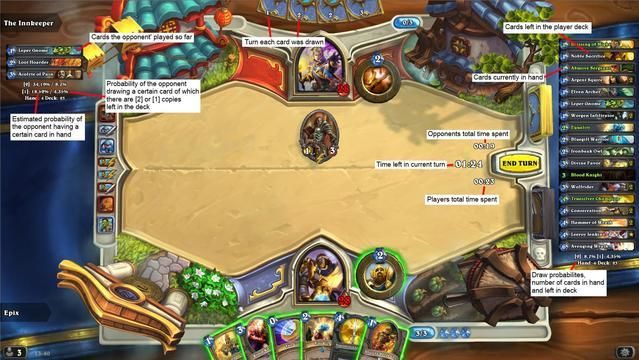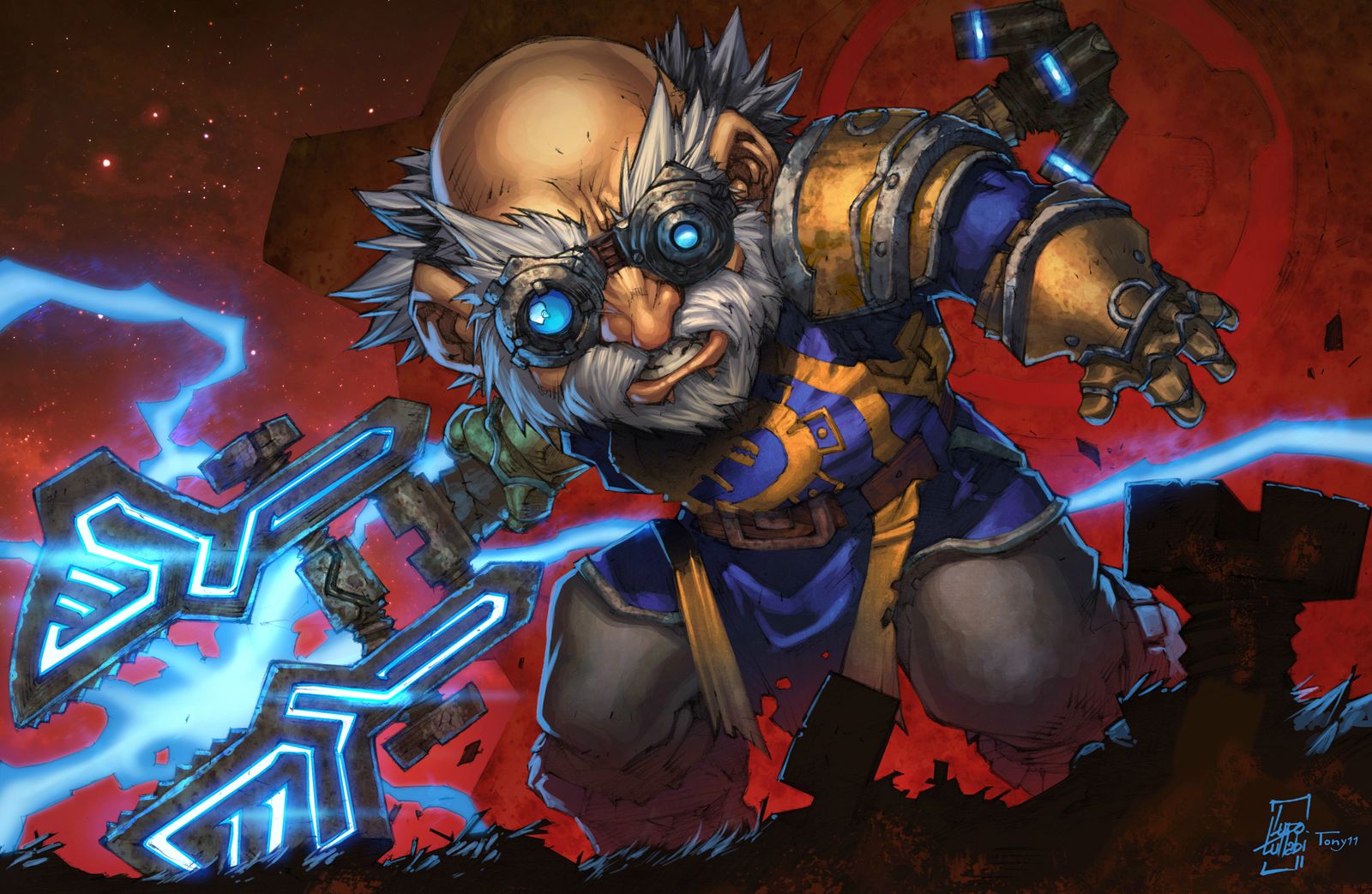

The most common causes of this issue are: To convert the portrait rectangle, we can use the functions as follows.Your IP address has been temporarily blocked due to a large number of HTTP requests. Reference resolution: 1280 x 960 (4:3) // hsrect: The current location and size of the game window // x: X-position to convert // y: Y-position to convert // width: The width of the reference resolution // height: The height of the reference resolution private Point GetHSPos (Rectangle hsrect, int x, int y, int width, int height )
#HEARTHSTONE DECK TRACKER ARENA PLUGIN CODE#
The code examples below will be using C#.

If the resolution is changed, we need to convert our stored locations to be compatible with the new resolution.įor example, we can define a rectangle that indicates the location and size of the first hero portrait in the image above. This information is only correct for a specific resolution. We define the exact location and size of the visual elements in the code of Arena Helper. If the hashes are close enough, we have detected the heroes. The visual hashes of the three heroes are calculated and the hashes are matched against the hashes stored in the database. The bottom rectangles represent the position and size of the heroes. The image in the top rectangle shows us if we are in the arena state. These locations are defined in the code of the plugin and the visual hashes of the elements are precomputed and stored in a database. The red rectangles indicate the location of the visual elements we want to detect. The image below shows how Arena Helper tries to detect the Hearthstone game state and the heroes. This requires us to precompute all of the perceptual hashes that we want to detect. If we know the exact position of the visual elements we want to detect, and we know what the visual hashes of these elements should be, we can try to detect them.

So we can use the hashing function to compare two images and find out how similar they are. If we have two images that are almost the same, the two hashes will also be almost the same. Two different images will result in two different hash numbers. Lets say we have a hashing function that takes an image and returns a 64-bit number that represents the image. The plugin doesn’t use memory reading functions and it doesn’t inject data or code into the Hearthstone process. The plugin takes screenshots of the Hearthstone window and uses this visual information to detect game states, cards and heroes. The rest of this article explains the technical details of the plugin. This article explains how the plugin works and provides code examples to implement your own image recognition algorithms based on perceptual hashing.įor the latest news, releases and downloads, visit the Arena Helper project page on GitHub. It was written using C#, because Hearthstone Deck Tracker uses it.

The plugin uses OpenCV, or rather Emgu CV, to calculate the perceptual hash. The plugin uses perceptual hashing to detect the Hearthstone arena heroes and cards. The created deck can be saved to Hearthstone Deck Tracker. Detected cards are displayed alongside the value of the card, that is specified in ADWCTA’s Arena Tier List. The plugin tries to visually detect the arena heroes and card choices. This plugin helps the player to make a choice, by showing what other expert players think of the value of the presented cards. New players, but even experienced players, don’t always know which card has the most value. Not every card that is presented, is equally good as the others. Every choice consists of selecting one card out of three randomly selected cards. The cards are picked one at a time, so there are 30 choices the player has to make. In the Arena mode, the player has to create a deck consisting of 30 cards. Hearthstone is a popular free-to-play card game by Blizzard Entertainment. Arena Helper is a plugin for Hearthstone Deck Tracker that helps drafting Hearthstone arena decks.


 0 kommentar(er)
0 kommentar(er)
